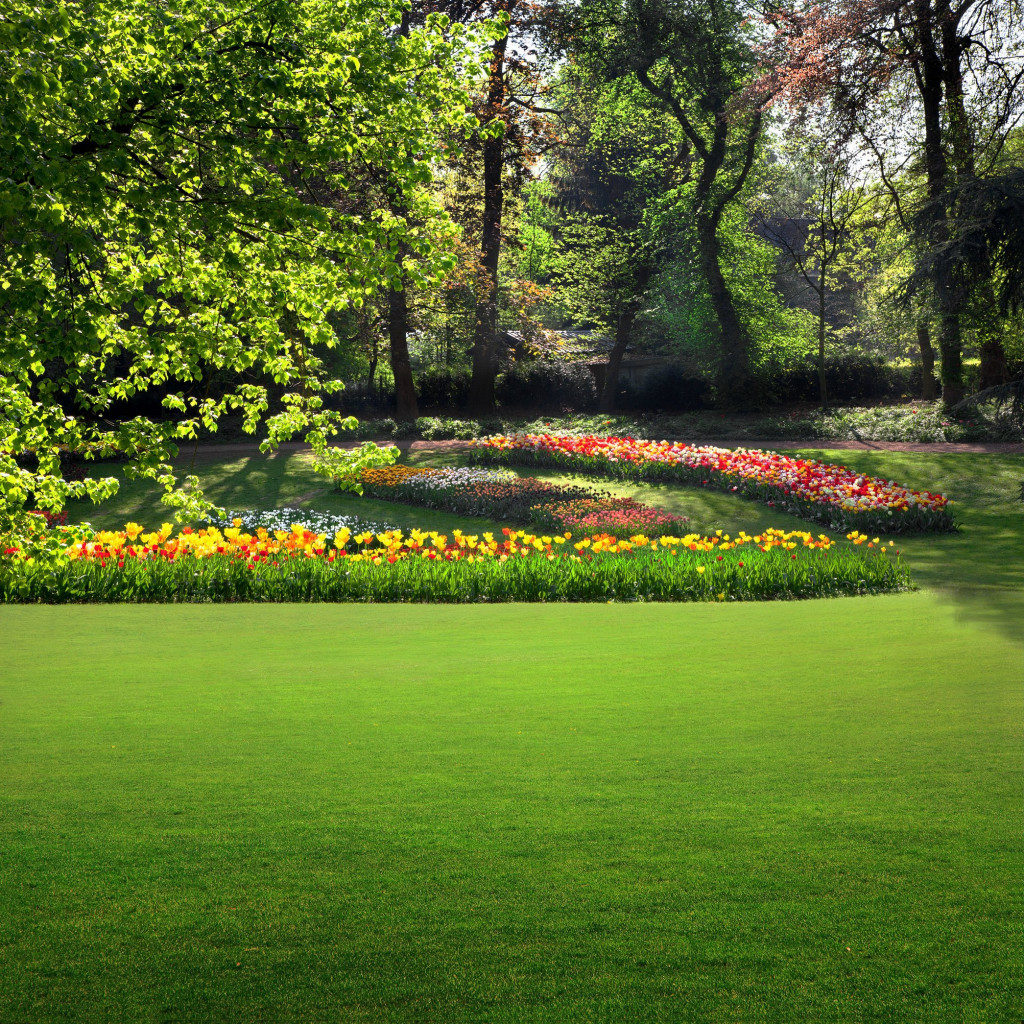Offices are essential to every company. It’s where employees come to work every day, where important meetings are held, and where business deals are sealed. But more than anything, it’s a business asset.
Being a business asset, offices have value. They can be sold, leased, or used as collateral. But their value doesn’t just come from their physical structure; it comes from their location, amenities, and the people who work there.
One of the most fundamental ways to increase the value of your office is by building a garden. An office garden has many benefits. It can be a place where employees can take a break and settle down after a good day’s work. It can even increase the productivity of your workplace.
Many big companies like Google have their office garden. Here’s how to get started on yours.
Choose the Right Location
The right location can make all the difference. If you want your office garden to be a place where people can gather and relax, choose an area with plenty of sunlight and good drainage.
On the other hand, if you want your office garden to be more functional, choose a close location so employees can quickly get there during their lunch break.
Ideally, your office garden should be outdoors. But with the creation of vertical gardens, you can now have an indoor office garden, too.

Design the Layout
Once you’ve chosen the perfect location for your office garden, it’s time to start planning the layout. Begin by sketching out a rough design of how you want your garden to look.
Think about what kind of plants and flowers you want to include. For example, do you want a mix of annuals and perennials? Do you want to have any fruit trees or herbs?
If you’re not sure where to start, plenty of garden design books and websites can give you some inspiration.
Prepare the Soil
Once you’ve chosen the perfect location, it’s time to prepare the soil. This step is vital because it will determine how healthy your plants will be. The best way to prepare the soil is to have it tested by a professional.
They will be able to tell you what nutrients are lacking and how to amend the soil, so it’s perfect for planting. If you don’t know what kind of soil is suitable for your plants, ask the staff at your local nursery. But usually, loam soil is a good option.
Choose the Right Plants
Now that you’ve prepared the perfect location and soil, it’s time to choose the right plants. When selecting plants, it’s essential to consider the climate, the amount of sunlight the location gets, and the type of soil you have.
You should also think about what kind of maintenance you’re willing to do. Some plants require more care than others. If you’re not someone who likes to spend a lot of time gardening, choose low-maintenance plants.
Some of the best office garden plants include succulents, cacti, and air plants. These plants are easy to care for and don’t require a lot of water. You should also consider planting a tree or two. They can be a great source of shade and can even increase the value of your property. However, remember that they require more maintenance than plants, so make sure to hire a tree care service. This kind of service can help keep your trees healthy and look their best.
Install Irrigation
Once you’ve chosen the plants for your office garden, it’s time to install irrigation. This step is crucial because it will help you water your plants without doing it manually. There are many different irrigation systems available, so choose one that’s right for your garden.
You can either install a drip irrigation system or a sprinkler system. Drip irrigation is more efficient because it waters the plants directly at the roots. On the other hand, Sprinkler systems are suitable for watering large areas.
No matter which type of system you choose, make sure to set it up correctly so your plants can get the water they need.
Mulch and Fertilize
After installing irrigation, it’s time to mulch and fertilize your garden. Mulching helps retain moisture in the soil and prevents weeds from growing. It also helps the soil stay warm in the winter and cool in the summer.
Fertilizing, on the other hand, helps provide nutrients to the plants. Therefore, it’s essential to choose the right fertilizer for your plants. If you don’t want to do all this work, consider hiring a landscaping service to do it for you.
Creating an office garden can be a great way to spice up your office and even add value. By following these simple tips, you can create a beautiful and thriving garden that your employees will enjoy.


